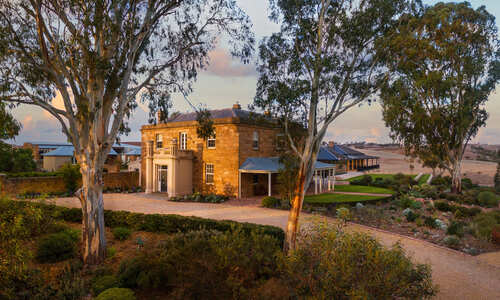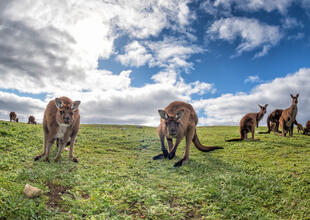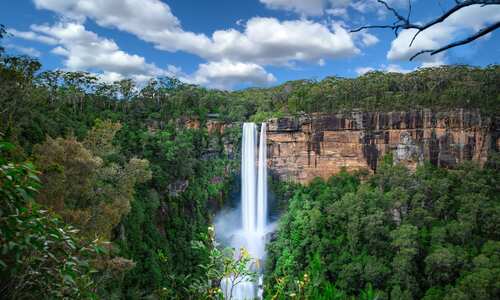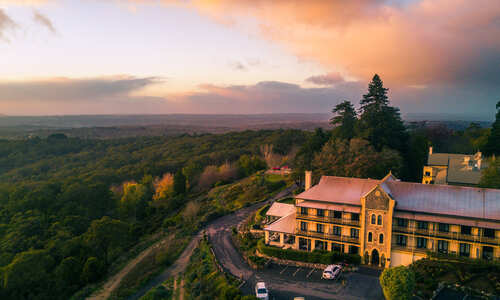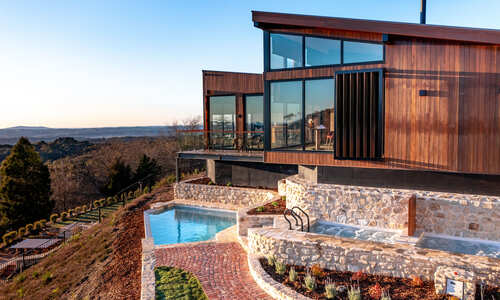Article content
18 February 2020 by Claire Benktander
Wexas Travel's Claire Benktander spent a week road tripping through Australia's Victoria region. Here, we follow her route and top recommendations.
After a three-hour flight from Perth – seven if you're coming from Singapore – I landed in Melbourne, Australia's second city. We got going and began our road trip right away, leaving the city exploration for our return. Leaving the city skyscrapers behind, the landscapes gave way to green, rolling hills (we were told they had had an excellent winter with lots of rain) and I was almost reminded of England – it was just the ‘kangaroo’ stop signs that gave the game away. We headed on a parallel route to the Great Ocean Road; the majority of tourists prefer to go along the coast to reach the Twelve Apostles in time for sunset, but this means it's extremely busy with traffic. I'd recommend instead opting for the inland route and leaving the coastal way for the return drive, which offers just-as spectacular views with fewer tourists.
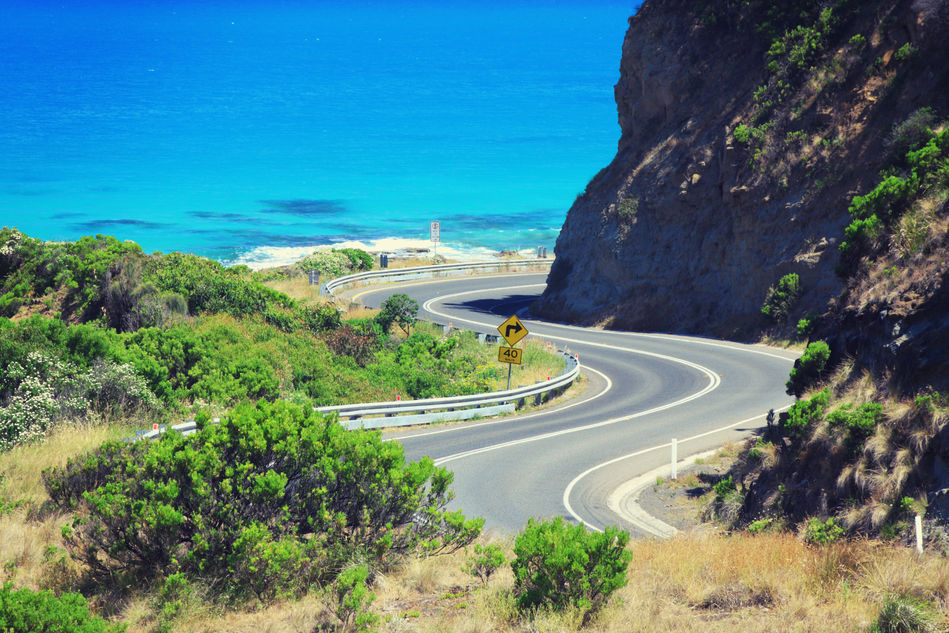
Great Ocean Road
We stopped in the charming little village of Forrest at the local beer brewery – Australia may be known for its wine, but it's also home to a huge number of craft breweries, and I tried a delicious IPA. I’m now a beer convert!

Twelve Apostles
Around two hours after leaving Melbourne we reached the famous Wilson's Steps, hoping to get our first glimpse of the iconic Twelve Apostles but, because of flooding risk, we weren't able to approach the area. This happens fairly frequently so don’t be disappointed as there are many other similar areas that provide excellent viewing platforms. We continued – keeping watch for any kangaroos or wombats along the way (they like to come out at sunset) – before finally reaching the Twelve Apostles just in time for sunset, snapping pictures of what was, for me, truly a bucket-list moment.

Beach at Twelve Apostles
The next day we headed back towards the coast to Forage on the Foreshore for a delicious spread of local-pressed coffee, smoothies and bacon sandwiches. Fuelled up, we then headed to Wildlife Wonders, a new wildlife sanctuary set to open in June 2020, that will offer winding walkways dotted with koalas, kangaroos and a whole host of other wildlife. True enough, we caught sight of at least three koalas peeking at the top of the trees. Looking over the ocean, it’s a truly spectacular setting – you can even spot humpbacks from June through October.

The setting for Wildlife Wonders
We then headed back along the Great Ocean Road to Lorne, passing stunning headlands, rugged beaches and rainforest-lined roads before a stop at Lorne itself, an upmarket beach town with gorgeous boutique hotels and stylish restaurants. It was here we indulged at MoVida – a newly-opened Spanish tapas bar with a Melbourne counterpart – before heading to Teddy's Lookout to grab pictures of that iconic Great Ocean Road vista.

View from Teddy's Lookout
To finish off the day we sampled the Q Train at Queenscliff, a restored steam train, which offers fantastic three-course dining as you speed along the coast, the likes of fresh seafood and local meats on offer. Ready for (even more) food, we then headed to the local Queenscliff Brewhouse for a laid-back dinner of fish tacos and local Pinot Noir from the nearby Yarra Valley. Tonight, our accommodation was comprised of a modern two-bedroom villa at Big4 Beacon Resort, a great location to spend a night along the Great Ocean Road if you're after something more simple, clean and comfortable.

Q Train at Queenscliff
An early start saw us catch the ferry to Sorrento on the Mornington Peninsula the next day. There's alternatively the option to drive over the bridge, but I’d recommend upgrading to the ferry that operates 364 days a year, and its high-tea style brunch for delicious sandwiches and macaroons. On arrival – after spotting the million-dollar houses where many Australian celebrities have their holiday homes – we headed straight to the Peninsula Hot Springs, a sprawling outdoor spa linked by wooden walkways that offers an array of hot spring pools, thermal baths and ice treatments. With the addition of the new glamping tents, it's only set to get even bigger, and one could easily spend hours there – though sadly we only had time for a quick 'reflexology walk'.

Peninsula Hot Springs
We were then greeted with more spectacular views as we boarded the Arthur's Seat Eagle gondola, taking in panoramic views of the Port Phillip Bay and the surrounding peninsula – the kangaroos hopping along below a delightful touch. Our road trip continued along the peninsula before we reached the five-star Jackalope hotel for a tour. Named after the mythical animal, it's filled with delightful nods such as the 'Doot Doot Doot' restaurant, the name for a leader of a pack of jackalope, and after a tour we enjoyed lunch at the Rare Hare overlooking the vineyards. Alongside delicious local Chardonnay and Pinot Noir, we sampled the likes of fresh tuna and 12-hour-cooked beef cheek with pumpkin. Their wines are not exported to anywhere in Australia or the rest of the world, making them even more special – I couldn't resist buying a couple of bottles to take home. If you're on a celebration holiday, I'd highly recommend a stay here here in between visiting the Great Ocean Road and Phillip Island.
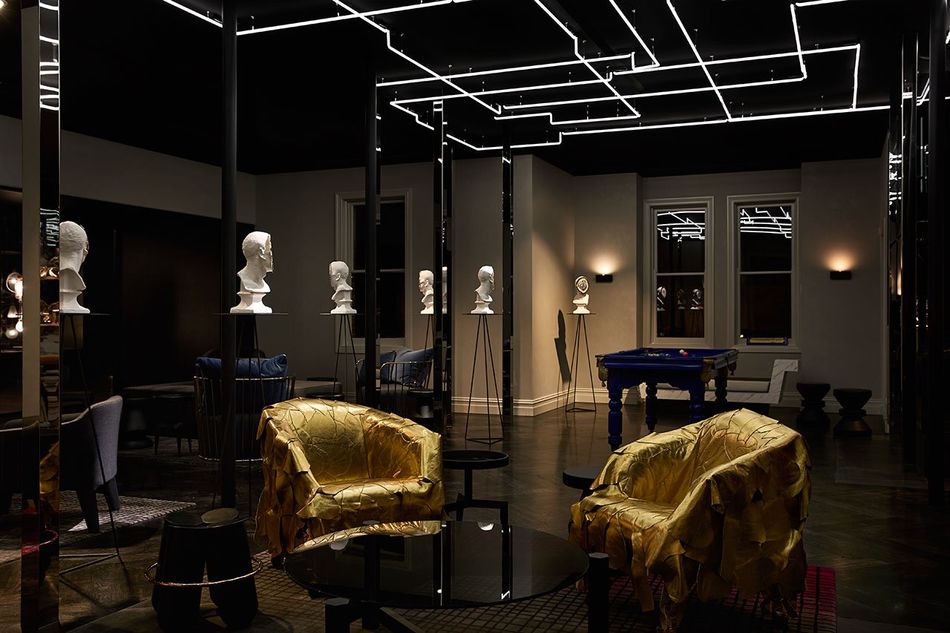
Lounge, Jackalope Hotel, Mornington Peninsula, Australia
It was then time to head to Victoria's famed Moonlit Sanctuary. With so many wildlife parks and zoos in Australia, it’s essential to visit one where the profits go back into the conservation of the animals, like Moonlit. We met a gorgeous koala and some kangaroos before the hour's drive to Phillip Island, with some time to relax before one of the trip highlights for me – seeing the famous Phillip Island penguins.

Kangaroo at Moonlit Sanctuary
The Phillip Island Visitor Park has just undergone a multi-million-dollar refurbishment and this is where we enjoyed dinner – though I would recommend dining elsewhere before if you're after a more private, relaxed dining experience. Then, we headed along the walkway to settle down ready for darkness, which is when the penguins emerge. Cameras not at the ready – pictures are not allowed due to the effect the flash can have – our 100-strong group descended into silence as darkness fell and the ‘fairy penguins’ emerged from the sea in groups of 20 or 30. It was an extraordinary sight as they walked precariously along the beach trail, listening out for the sound of their young or mate, and we were told that there were once 3000 penguins who emerged in one evening. You are 99.9% guaranteed to see them every day of the year – it's a must-see on any Phillip Island visit.

Fairy penguins of Phillip Island
It was an early start the next day as we began our drive to Wilson's Promontory, another trip highlight for me. Affectionally known by locals as the Prom, Wilson's Promontory is a spectacular headland of granite rocks, tumbling forest-carpeted mountains and temperate rainforests. Our first adventure comprised of a boat cruise with Pennicott Wilderness Journeys. Having run trips around Tasmania for several years, they've now expanded to the Prom with their brand new hybrid boats, 'Amphibious Naiads'. Eight years in the making, they are a world-first and drive straight from the sand into the water. After boarding, we spent the next three hours spotting wildlife and learning about the surrounding marine national park, Victoria's largest protected marine area. We even saw humpback whales – another bucket-list moment, plus seals, a variety of seabirds and dolphins, who leapt among the waves right by the boat. The famous Skull Rock was another highlight – which, it is claimed, fewer people have landed on than the moon.

Wilson's Promontory
After lunch we enjoyed a beautiful wilderness walk high above the Prom, with spectacular panoramic views of the white-sand-lined turquoise – we even spotted a couple of wombats along the way! The landscapes looked very much like Tasmania in parts, particularly Tasmania's Wineglass Bay – unsurprising when we learnt that the two were in fact once connected thousands of years ago. If you're wondering when's best to visit, our guide suggested that Australia's winter (our summer) was the prime, as it's the height of whale season and there are far fewer tourists – though, with average winter temperatures at 12 degrees, don't expect to be sunbathing! We enjoyed epic views and stunning sweeping vistas of the ocean, ending the day with some much-needed time to relax before a BBQ dinner alongside local wines and beers. It all finished with a stay Tidal River, the region's only more luxurious retreat, with wilderness 'glamping' tents that feature private kitchenettes.
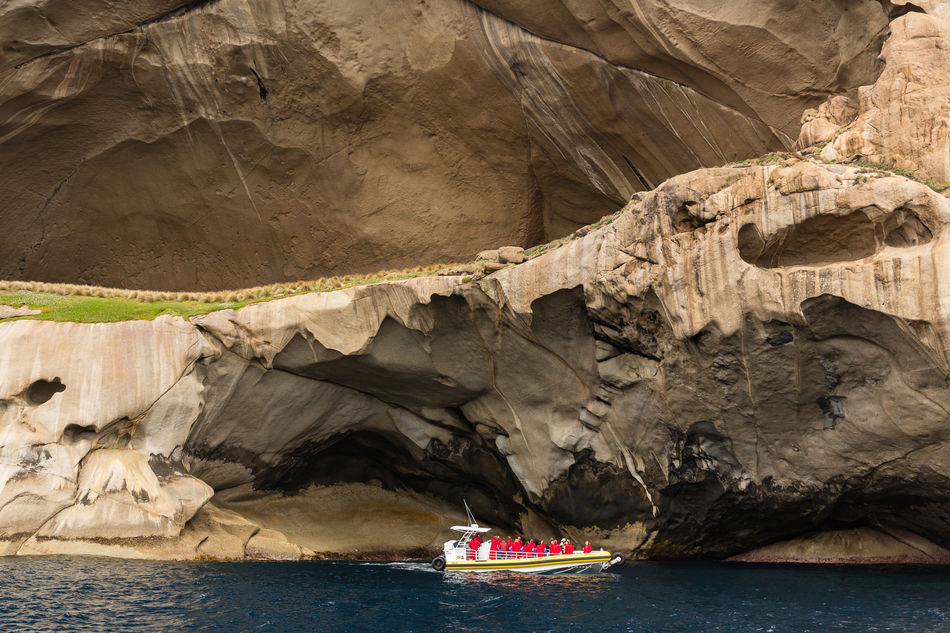
Skull Rock, Pennicott Wilderness Journeys, Wilson's Promontory (credit: Pennicott Wilderness Journeys)
After another early start it was time to embark Puffing Billy, a steam and cuisine train that is Australia's – and one of the world's – oldest steam railways. Traversing through the Dandegong Ranges, the rainforest views were stunning but, after all the delicious food we'd eaten, the meal was slightly disappointing. I'd instead opt for the ‘second class’ cabin for better views and enjoy lunch in one of the local eateries, such as Coonara Springs, Copperfield or Le Voltaire, all of which we were recommended by our guide. Finally, it was time to head back to Melbourne, where we enjoyed a ride on the Melbourne Star (Australia's version of the London Eye), with sundowners and panoramic views above the city. Our last night ended at a cosy pizzeria down one of Melbourne's famous laneways alongside, of course, some Yarra Valley wine.

Melbourne
The next morning, after breakfast at our hotel, Jazz Corner – where we had fantastic views of the cityscape – it was time for a tour through Melbourne's laneways and arcades, where we discovered the city's quirky cafes, street art and local delights. They say Melbourne has seven seasons in a day and we experienced this to a tee – we went from sunglasses and t-shirts to jackets and scarves within 10 minutes! Finally, after lunch on the way to the airport, it was time to head back to London, via Singapore.
The trip opened my eyes to the beauty of the lesser-visited south, with spectacular landscapes, excellent food and wine and fewer tourists than the Great Barrier Reef and Uluru crowds. I was also extremely impressed by the standard of food throughout the trip; whether at Michelin-star restaurants or casual breweries, Victoria certainly lives up to its expectation for excellent food and wine. You also won't get the same heat as the north, making for perfect exploring temperatures year-round. If you're a nature lover, epicurean, second-time visitor or simply want to experience Australia a little differently, I'd highly recommend this road trip.
Please note all the areas mentioned have been unaffected by the Australian bushfires. To find out more about our support and work with wildlife organisation WIRES, click here.

